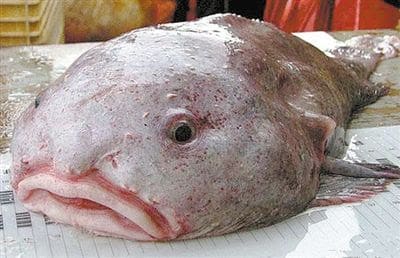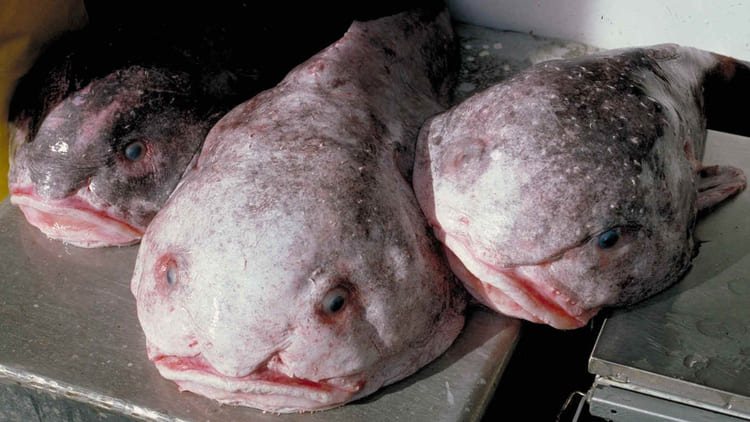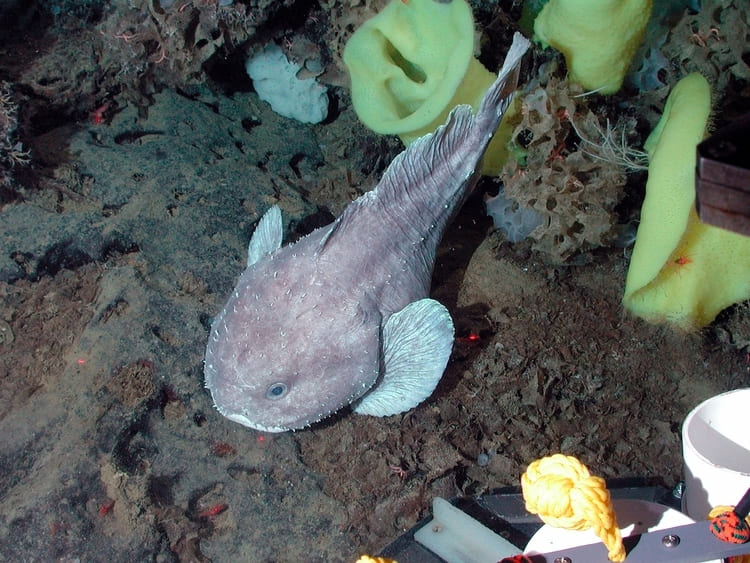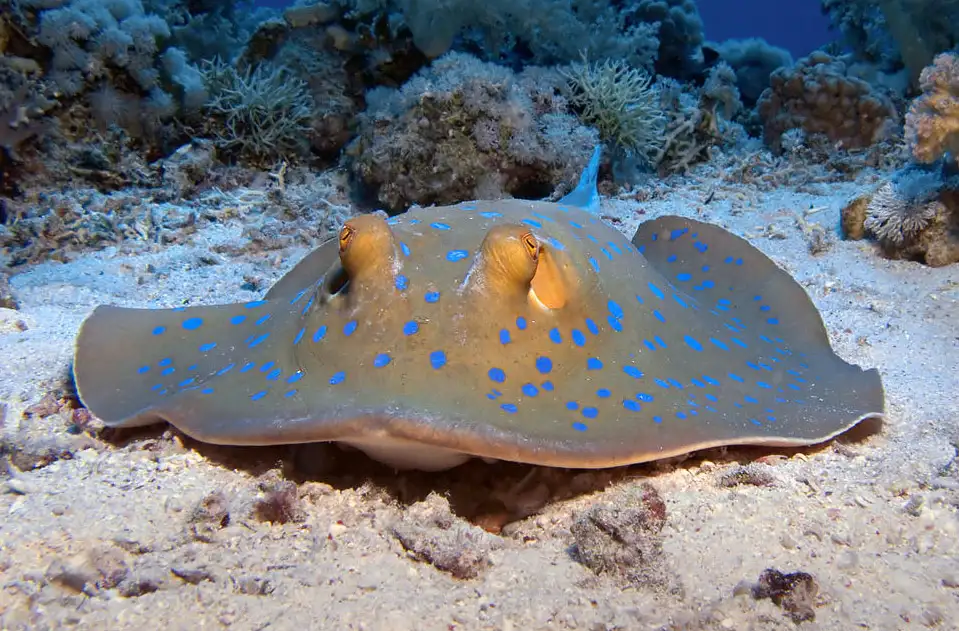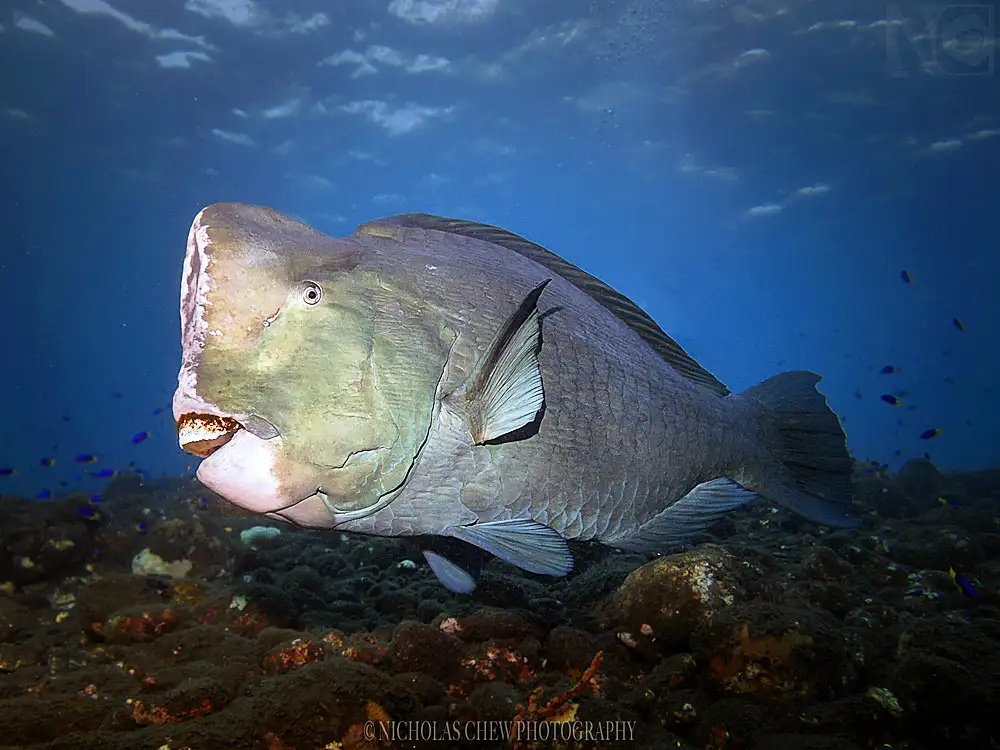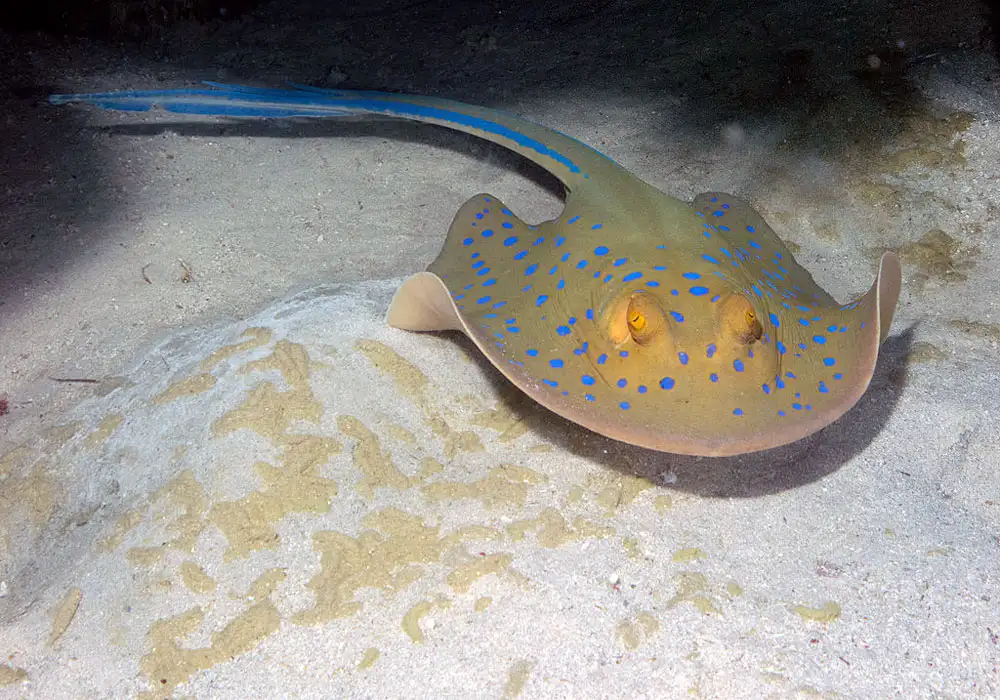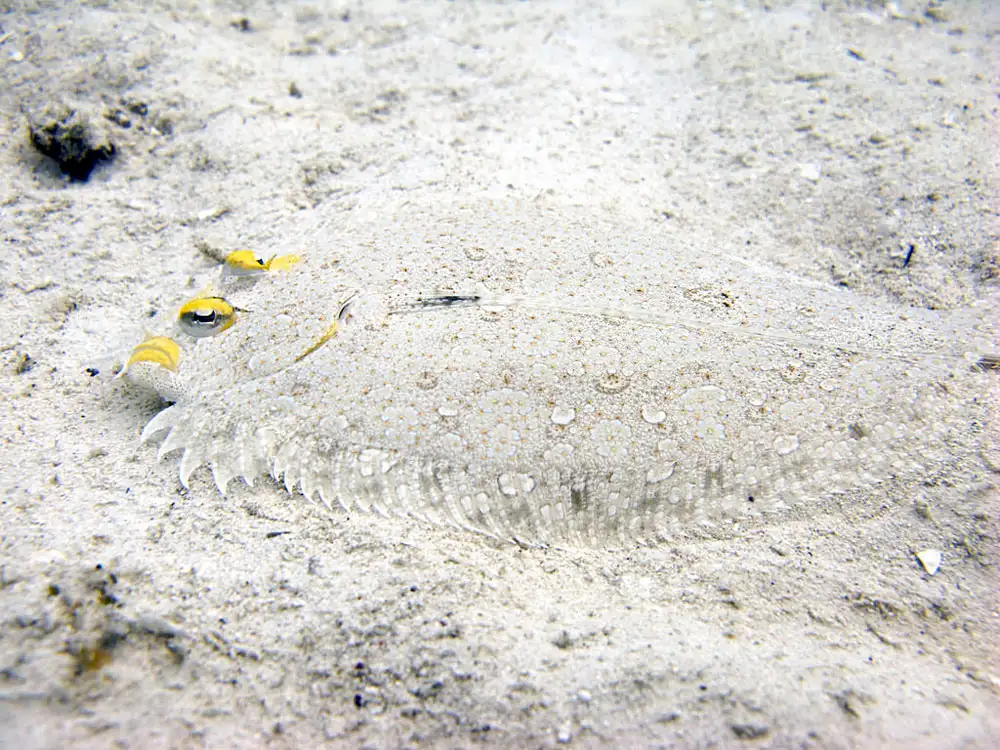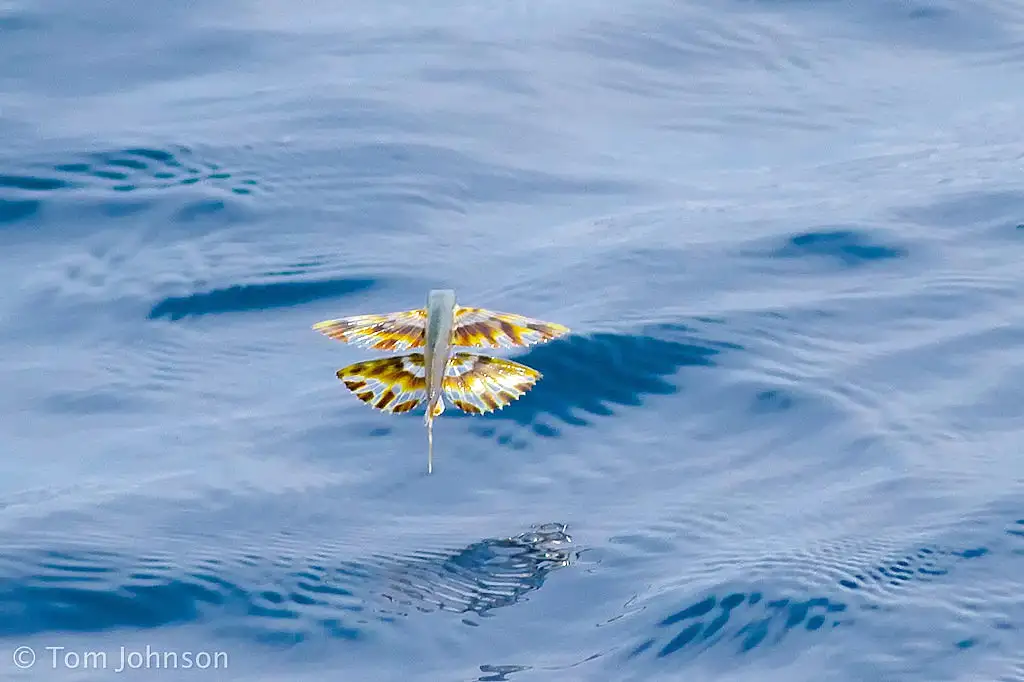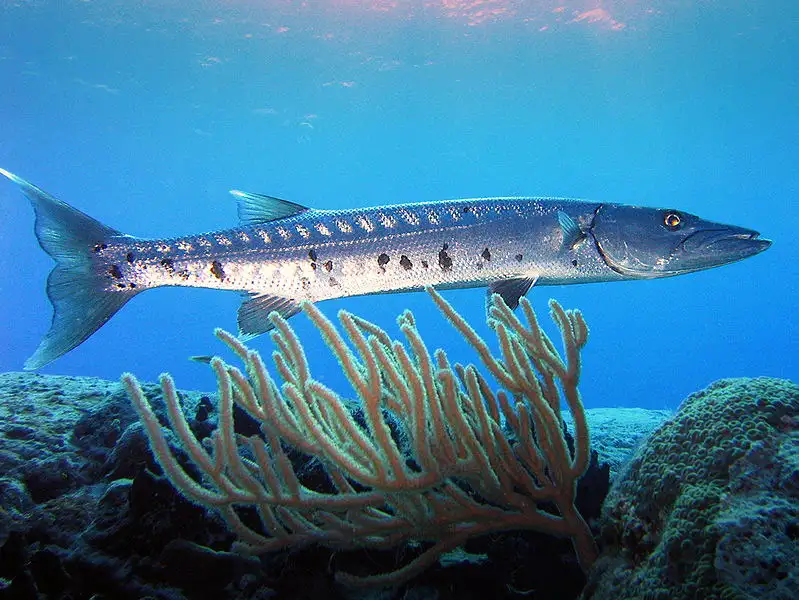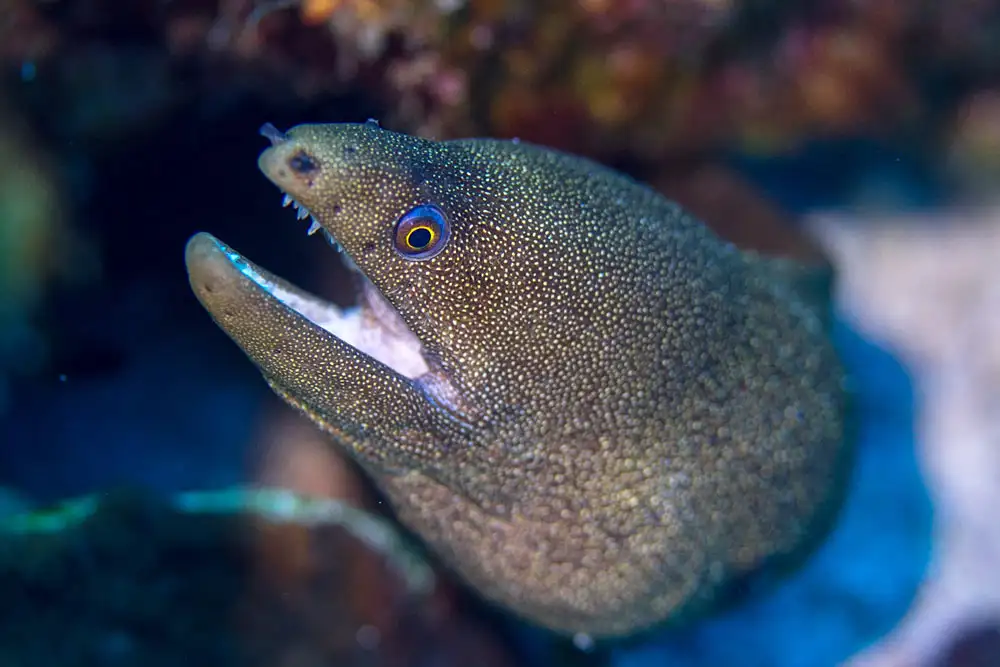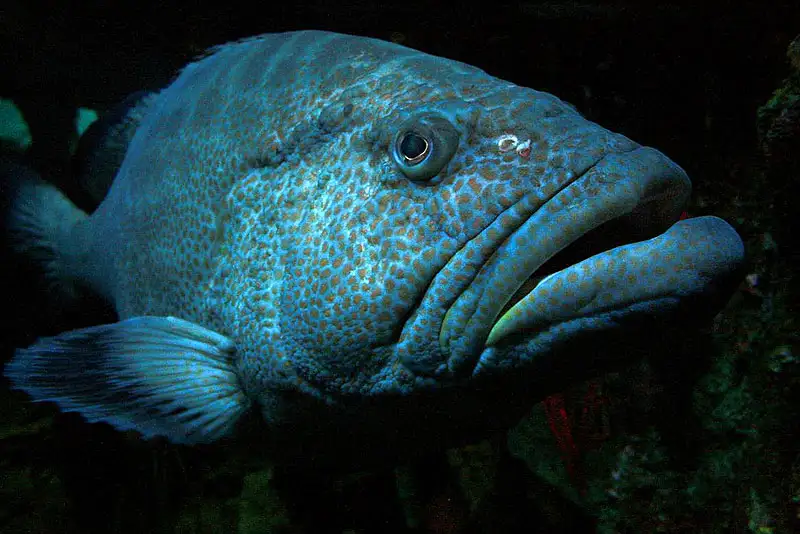Blobfish
IUCN
DDBasic Information
Scientific classification
- name:Blobfish
- Scientific Name:Psychrolutes marcidus
- Outline:Medium Fish
- Family:Psychrolutidae Psychrolutes
Vital signs
- length:c. 30–38 cm
- Weight:c. 1–2 kg (estimated)
- lifetime:Poorly known; likely >10 years
Feature
Gelatinous deep‑sea body; low energy lifestyle; no swim bladder; decompression collapse at the surface.
Distribution and Habitat
Continental‑slope and seamount habitats off SE Australia and Tasmania (~600–1200 m).
Appearance
Bulbous head, soft tissues at depth; collapses into the iconic “blob” when brought to the surface.
Details
Blobfish (Psychrolutes marcidus) is a deep‑sea cottoid fish (family Psychrolutidae) from continental‑slope habitats off SE Australia and Tasmania. Its famous “melted” look is a decompression effect: at depth, pressure supports its gelatinous, low‑density body; once hauled to the surface, tissues collapse and the face sags.
Basics
Scientific name: Psychrolutes marcidus
Size: ~30–38 cm; c. 1–2 kg (estimated)
Depth/Range: Commonly 600–1200 m on continental slopes and seamounts
Ecology
A sit‑and‑wait benthic predator/scavenger that consumes small crustaceans, molluscs and organic fallout. It lacks a typical swim bladder and relies on gelatinous tissue for buoyancy under high pressure.
Reproduction & Longevity
Poorly known; females have been observed guarding large pink egg masses. Longevity likely >10 years.
Threats
Bycatch in deep‑sea trawl fisheries.
Insufficient population data to assess trends.
IUCN listings for deep‑sea taxa are often Data Deficient (DD) or not evaluated—verify the latest status before publication.
FAQ
Q1. Why does it look so odd in pictures?
Because of decompression after capture; at depth the animal appears firmer and less “blob‑like”.
Q2. Does it have a swim bladder?
No—neutral buoyancy comes from low‑density gelatinous tissues.
Q3. Is it endangered?
Data are scarce; the main concern is incidental bycatch rather than targeted fishing.

